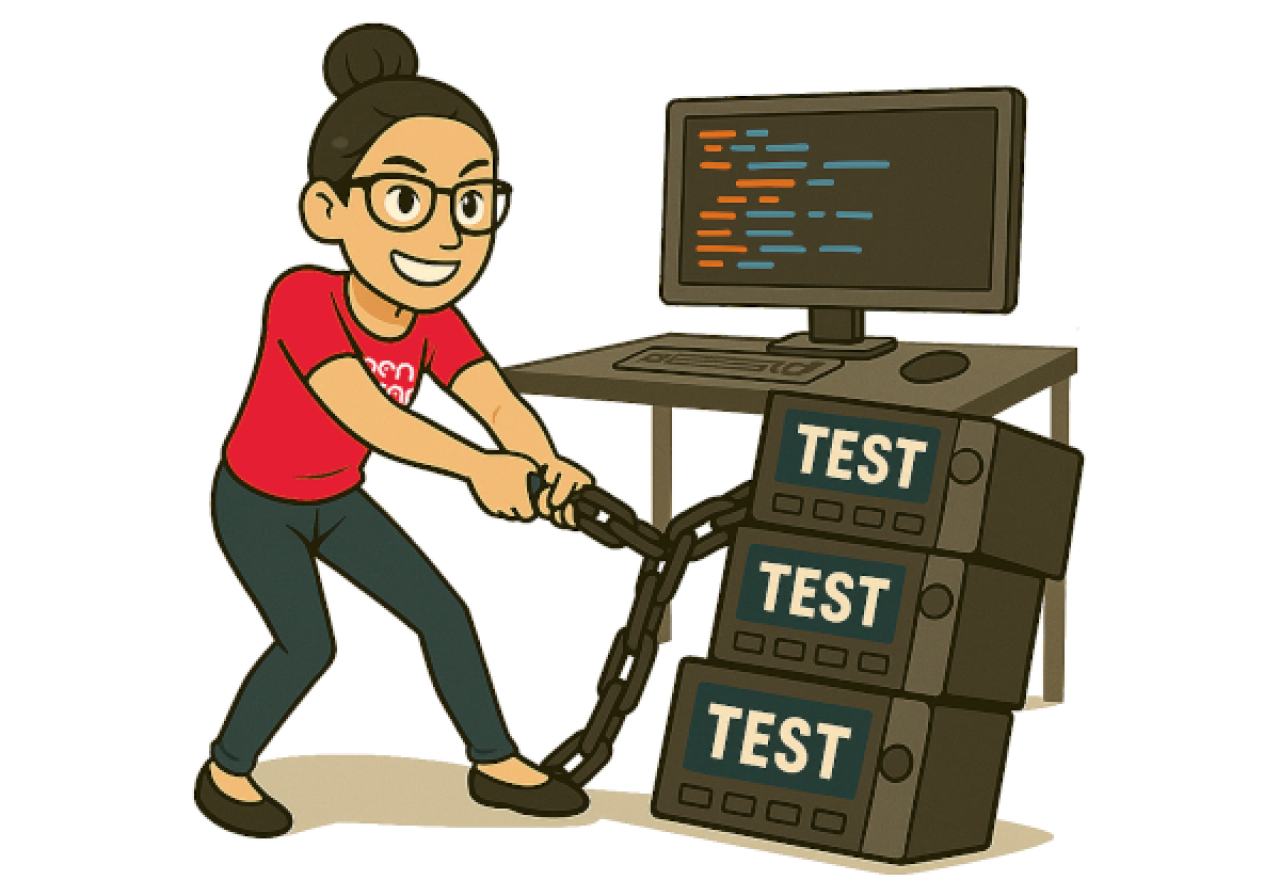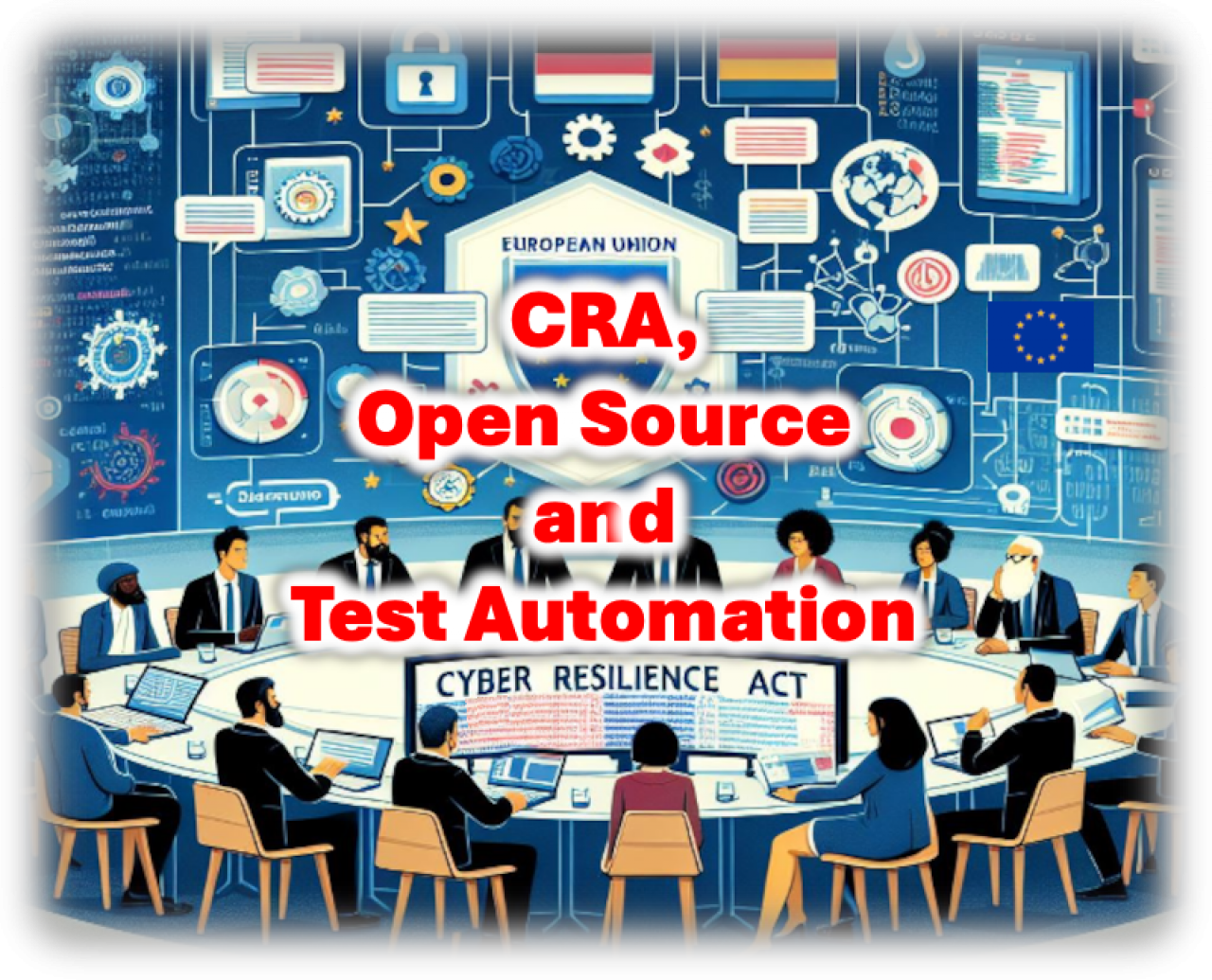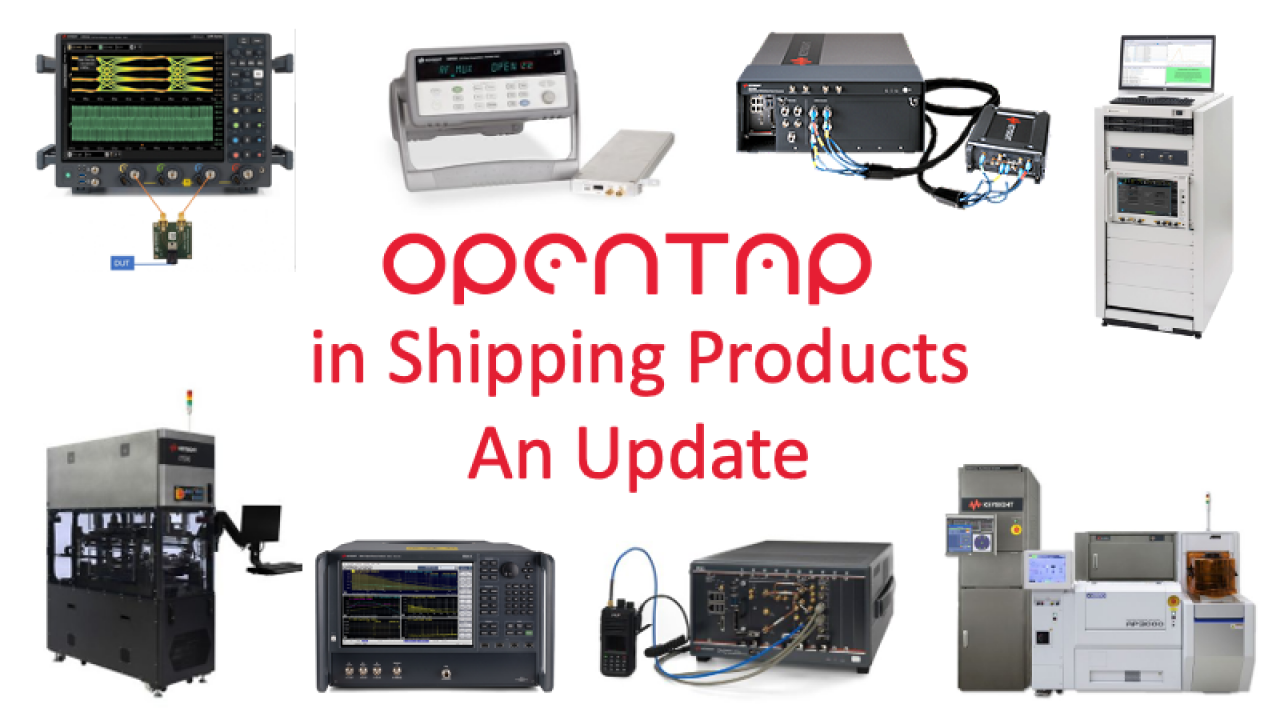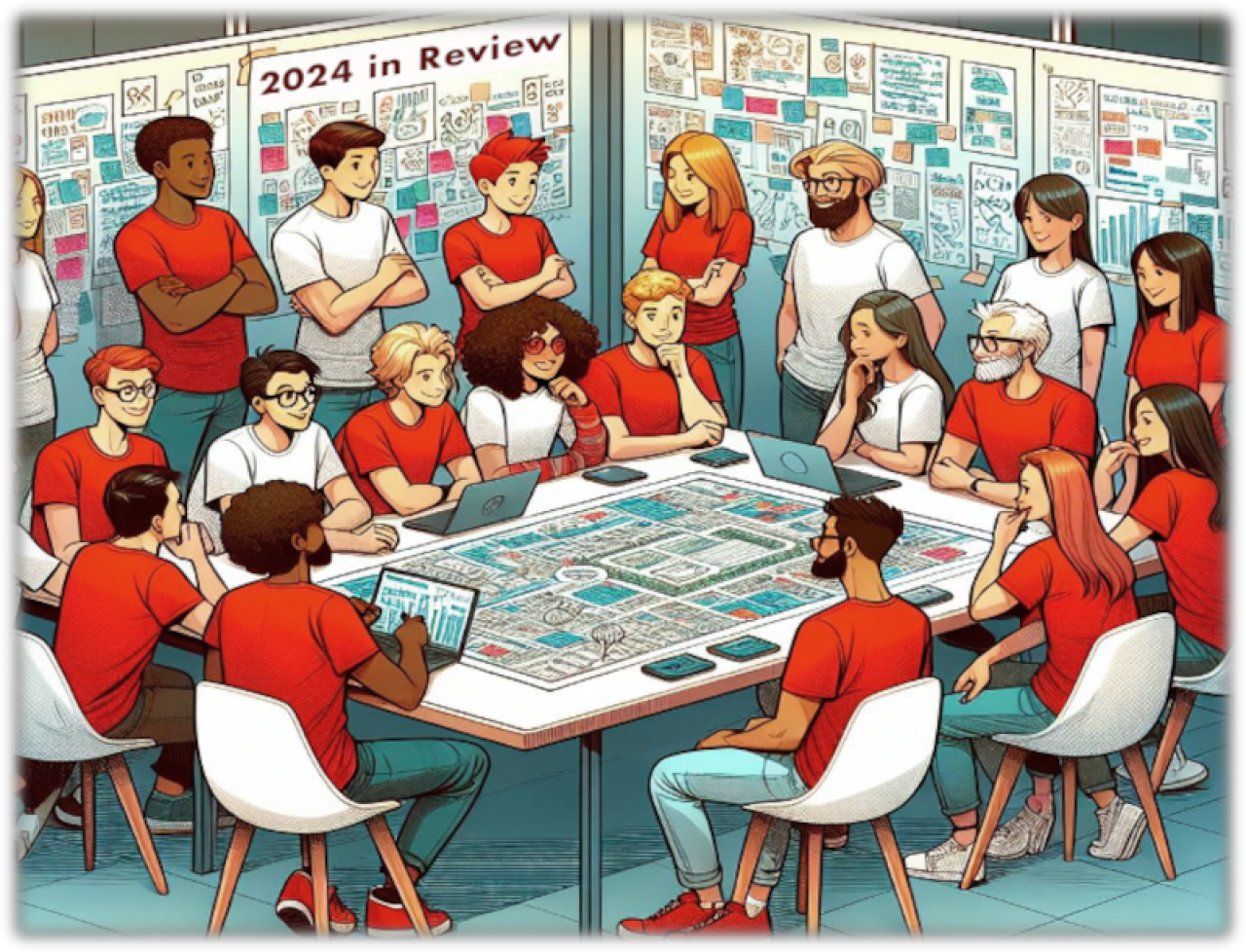
A blockchain is distributed ledger with records securely linked using cryptographic hashes. Blockchains offer multiple applications in test automation for enhancing the testing process itself, providing secure, transparent, and automated mechanisms for optimizing the testing life cycle, and of course for testing blockchain applications. Blockchain-based test automation is particularly relevant in industries with high compliance needs (e.g., medical devices, supply chain) and where transparency, traceability, and trust are critical.










